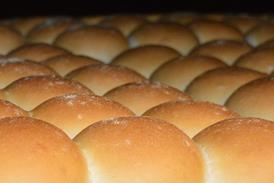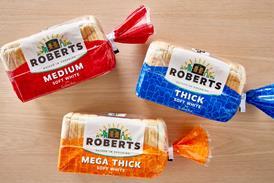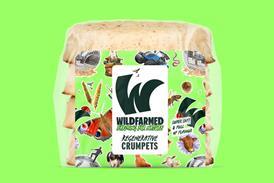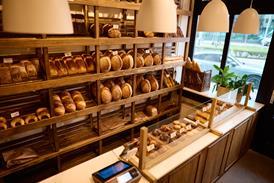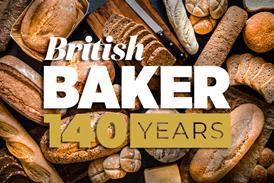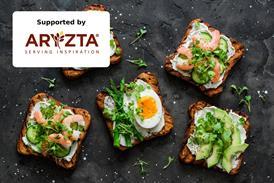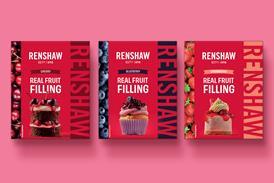New Defra guidance confirms stance on wholemeal and 50/50 loaves

‘Wholemeal’ may only be used in the name of bread when all of the flour used is wholemeal, the guidance states, but it can be used in the wider description as long as it’s in relation to the flour
To continue reading, register for free
You are what you read, registration is quick, easy and free. Just click register now and you’ll be finished faster than it takes you to butter a crumpet!
Don’t miss out:
- Unlimited access to content
- Regular newsletters to your inbox
- Save articles to read later on
- A more personalised experience
Already registered? Please log-in here

